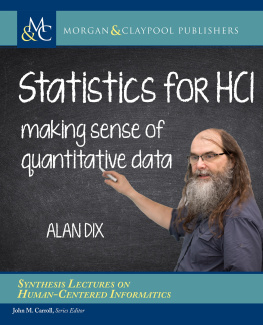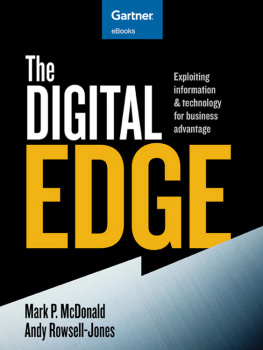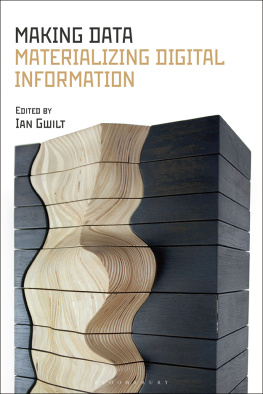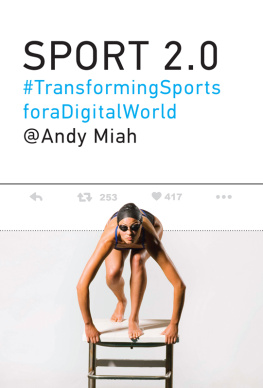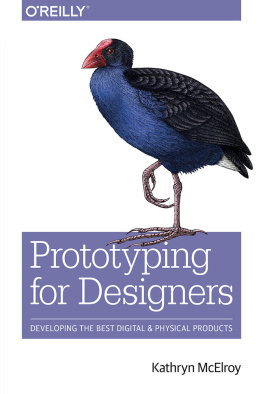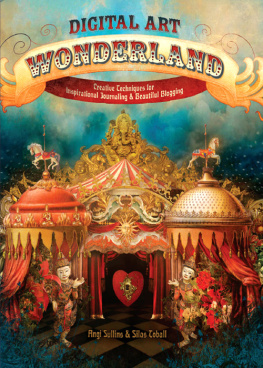

Great Clarendon Street, Oxford, OX2 6DP,
United Kingdom
Oxford University Press is a department of the University of Oxford. It furthers the Universitys objective of excellence in research, scholarship, and education by publishing worldwide. Oxford is a registered trade mark of Oxford University Press in the UK and in certain other countries
Alan Dix, Steve Gill, Jo Hare and Devina Ramduny-Ellis, 2022
The moral rights of the authors have been asserted
Impression: 1
All rights reserved. No part of this publication may be reproduced, stored in a retrieval system, or transmitted, in any form or by any means, without the prior permission in writing of Oxford University Press, or as expressly permitted by law, by licence or under terms agreed with the appropriate reprographics rights organization. Enquiries concerning reproduction outside the scope of the above should be sent to the Rights Department, Oxford University Press, at the address above
You must not circulate this work in any other form
and you must impose this same condition on any acquirer
Published in the United States of America by Oxford University Press
198 Madison Avenue, New York, NY 10016, United States of America
British Library Cataloguing in Publication Data
Data available
Library of Congress Control Number: 2021949459
ISBN 9780198718581
DOI: 10.1093/oso/9780198718581.001.0001
Printed and bound by
CPI Group (UK) Ltd, Croydon, CR0 4YY
Links to third party websites are provided by Oxford in good faith and for information only. Oxford disclaims any responsibility for the materials contained in any third party website referenced in this work.
Contents
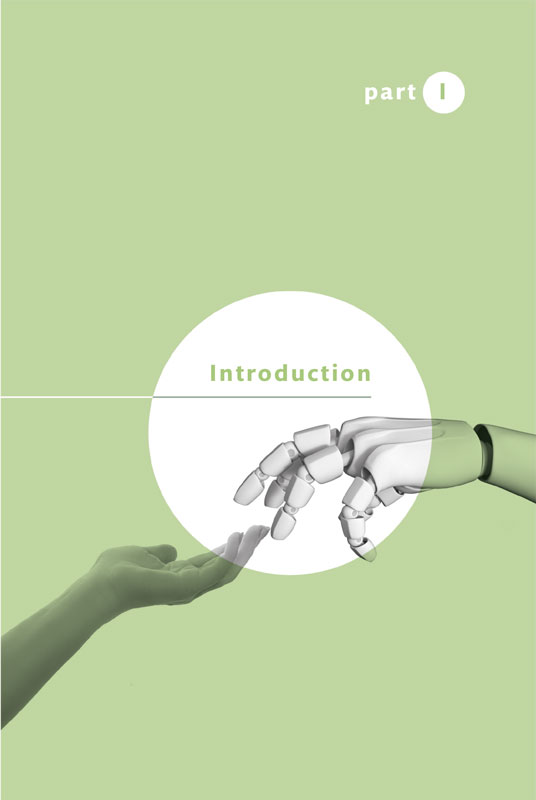
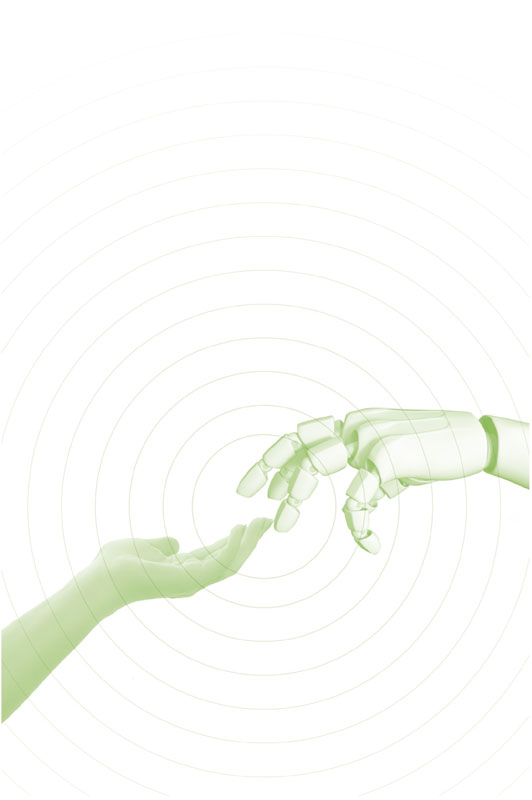
Elements of Our Hybrid Existence
This is a book about understanding the physicality of people and of technology, and how studying these can help us to improve the design of physical technology for people.
1.1 Why Study Physicality
Historically there has often been a dualistic view of mind and body, with cognition and thought being seen as quite separate from physical muscle and bone. Computation has a similar abstract feel, a world of algorithms and pure reason.
However, humans and computers are embodied respectively in flesh and silicon, and if we wish to communicate with any computational device, we do so through that flesh and silicon, through the physical world: tapping keys, pushing a mouse, or stroking an iPhone screen. Not all these interactions involve fingers and touch. Speech involves tongue and mouth creating pressure waves through the air to vibrate the microphone in the computer. Gesture recognition involves moving arms, photons, and optics. Even direct brain interfaces use electrodes and wires. There is no connection at the level of pure abstraction but always in the physical world.
As more devices around us have digital aspects it becomes essential that we understand the way physical and digital interactions meet. Traditionally, the physical form of a product was the domain of the industrial designer (sometimes also called product designer), whereas the digital interaction belonged to the usability or humancomputer interaction specialist. Now, however, in products from mobile phones to washing machines, the physical design and the digital design must come together to create a single experience for the user.
Box 1.1 How many computers in your home?
How many computers are in your home? Think about the answeryou may need a quick run around to count. Later in the chapter, well return to this and see how you compare with the authors.
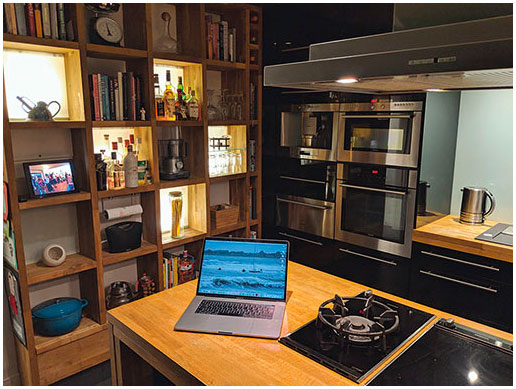
1.2 Components of the Physical World
The physical world can be seen in many ways, for example through biology, physics, or geography. To focus on those aspects that influence the design of hybrid digital/physical devices, we are organizing the central parts of this book around four main themes of the physical world.
Part II. The Body and PhysiologyOur bodies are physical, as are our brains. However numinous our thoughts, they have their life in the material substance of neurons. Our bodies too can be part of digital interactions, whether gaming on an X-Box or using an advanced gesture recognition interface.
Part III. Material Artefacts and DesignThe world is full of things, both natural things like stones, and constructed things, such as scissors, books, and mobile phones. Our understanding of the former is germane to the design of the latter.
Part IV. Space and Spatial ArrangementWhen we interact, we do it in physical space. This space may be where we perform physical movements. For example, a few years ago living rooms around the world were briefly reorganized to accommodate the Wii [315, 404]. Physical space also has social dimensions. For example, the Hermes system at Lancaster University uses small displays outside office doors where visitors can leave notes [65]. There have never been problems with abusive messages, perhaps because anyone leaving a note is aware that they can be observed in the public corridorthe spatial location changes the use [131].
Part V. Digital Artefacts and Virtual PhysicalitySometimes we emulate aspects of the physical world in the digital: virtual reality creating whole parallel worlds, the desktop metaphor, dragging images on an iPhone, or even the idea of visiting a website. Do we understand enough about the physical world to be able to capture the right aspects? And computation itself is embodied in silicon and magnetic surfaces and bound by that materiality (see the PalCom project making computing palpable [322]). There can only be a finite amount of computation in a finite space, and information flows take time, hence the star-like pattern of supercomputer circuits.
These themes are not independent. As we have seen, as humans we interact with computation through the physical world, most commonly through devices and always set within space, whether in offices, homes, streets, the countryside, or the open sea.
Of course the physical world has other aspects: living organisms, like animals and plants, or the natural forces of fire and storm. We have chosen the four themes that seem most intimately connected with digital devicesalthough there have been proposals to help people interact better with their pets! [388, 286]
1.3 Kinds of Things: From Stones to Silicon
While this book is about the confluence of digital technology and physical design, in fact digital technology is the latest step in a long process whereby humankind has shaped its world. With the exception of the fourth (Part V), each of our major themes encompasses both natural and artificial phenomena. Figure lists some of the kinds of things we find in the world, divided left to right by whether they are natural or artificial, and grouped into their themes, where they fit into one.
Next page

